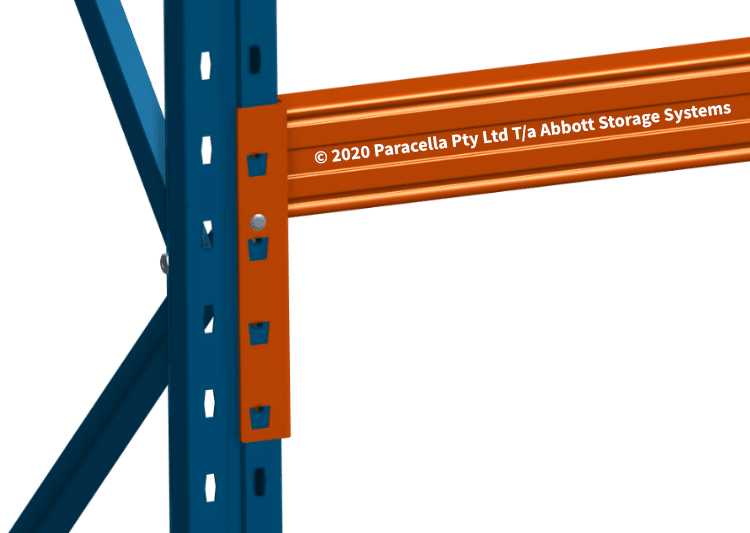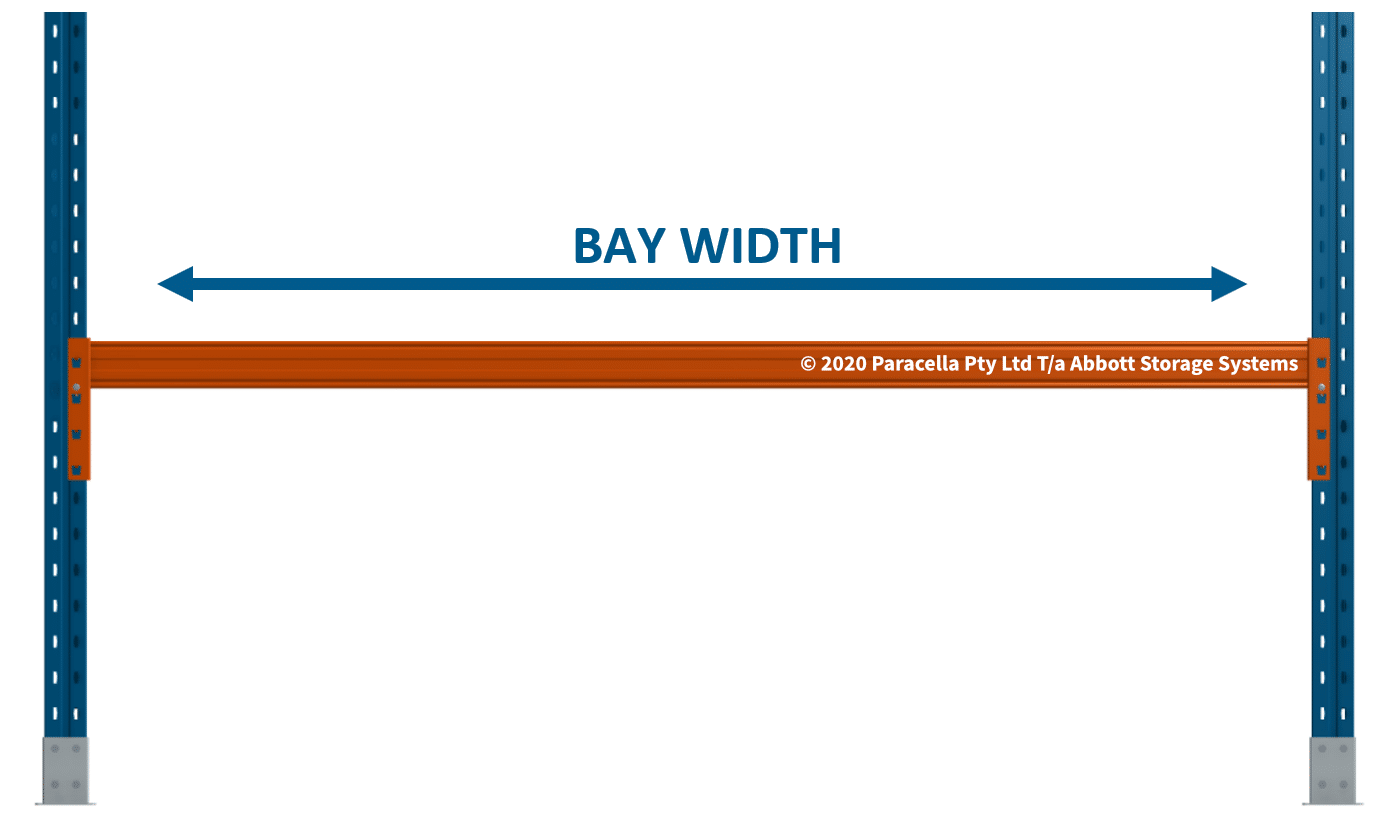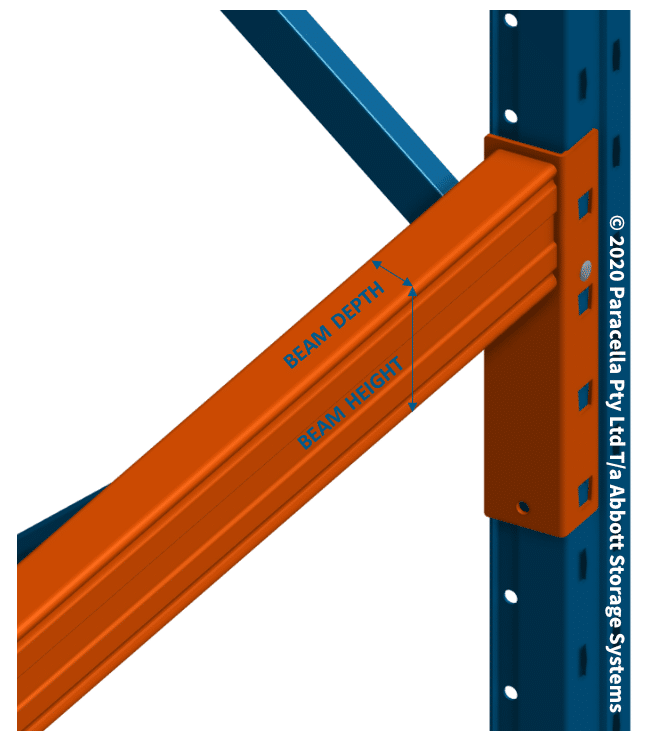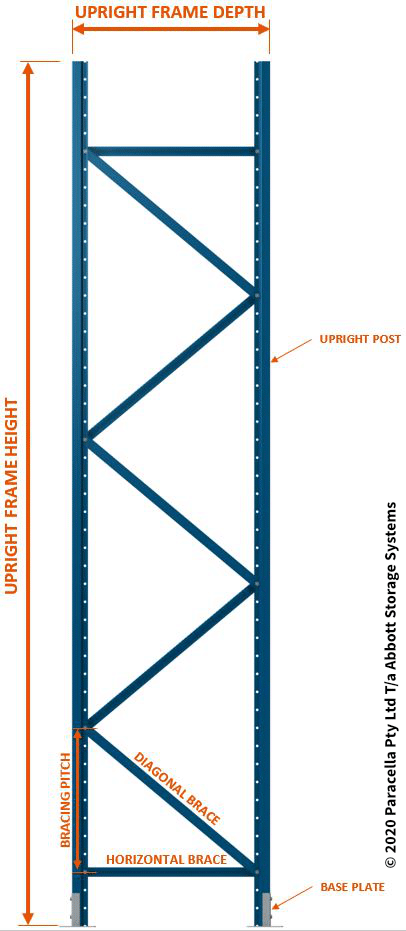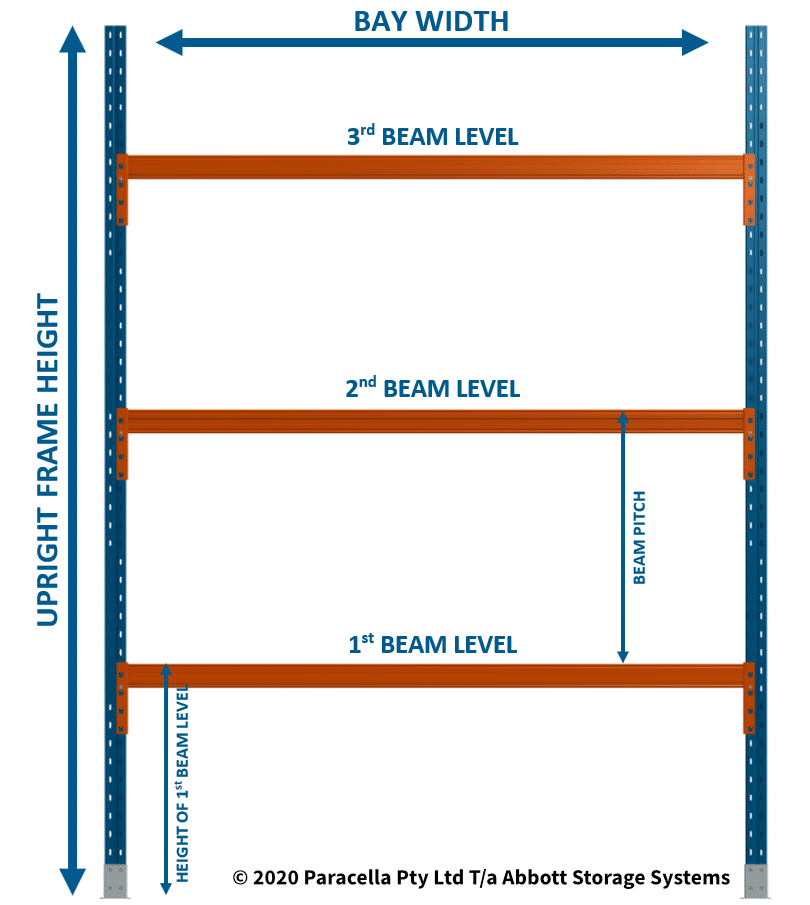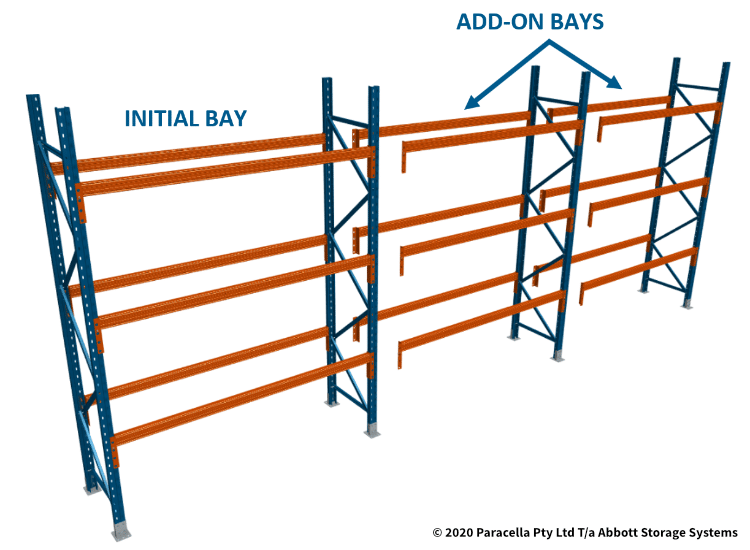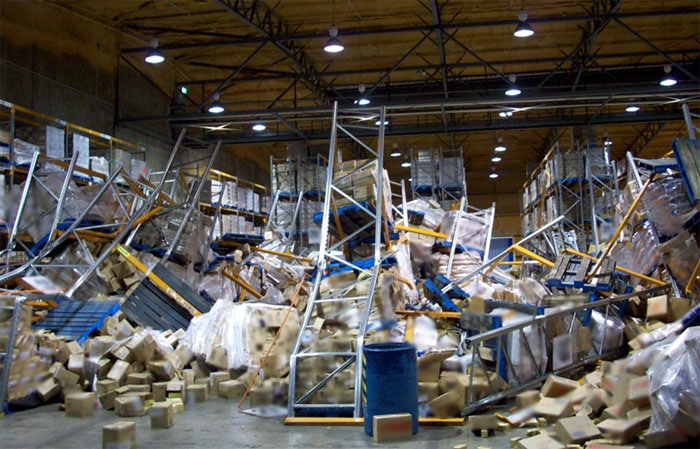Do you know how pallet racking is measured? Maybe you need a to organise an install, reconfiguration or conduct repairs on the racking of your workshop or warehouse. But you don't see the need for a site visit since you know exactly what you are after?
Sometimes it can be a challenge to request a
pallet racking quote over the phone or email. The language used between a racking supplier and yourself can vary. Thus, making it difficult to gain understanding between both parties.
With our step by step guide we take you through the correct method to measuring out your racking. Included is the terminology to use so that you can identify the components of your racking structure.
